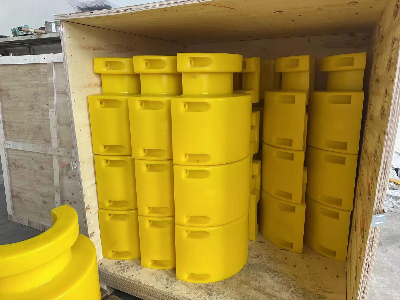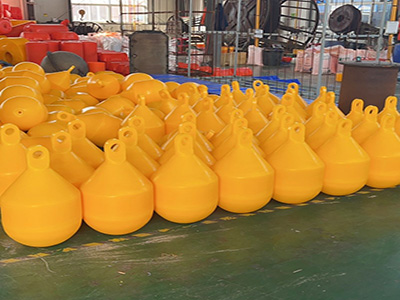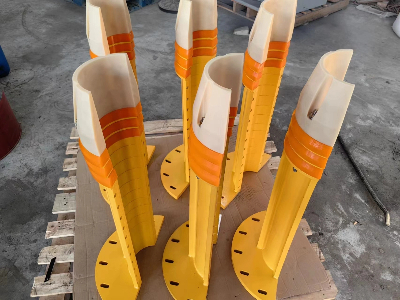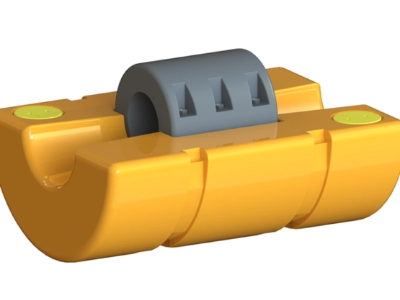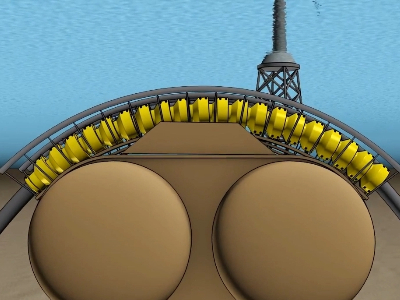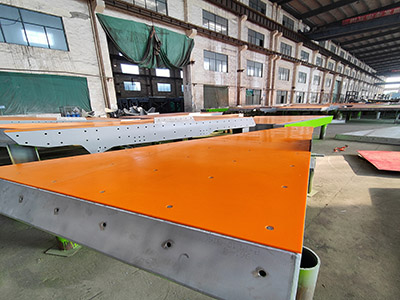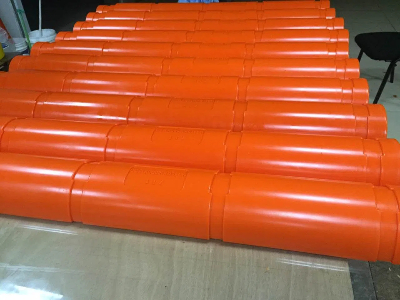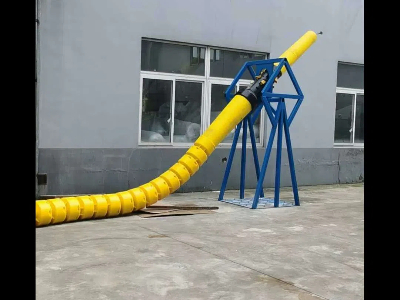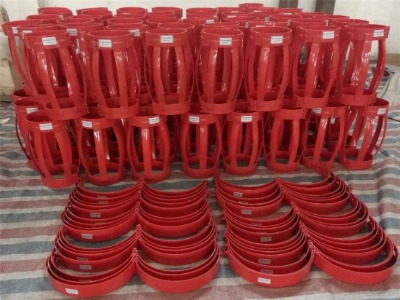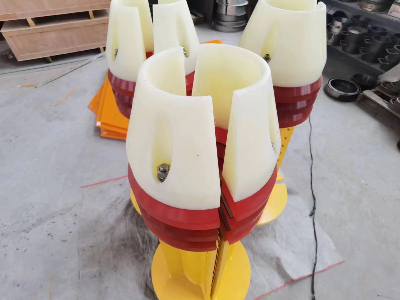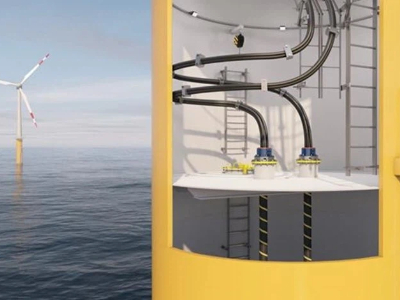In subsea and offshore applications, flexible cables, risers, and umbilicals are constantly subjected to mechanical stress, current movement, and handling during installation. To ensure the long-term integrity and performance of these components, bend limiter assemblies are widely used as protective devices that prevent over-bending and structural failure.
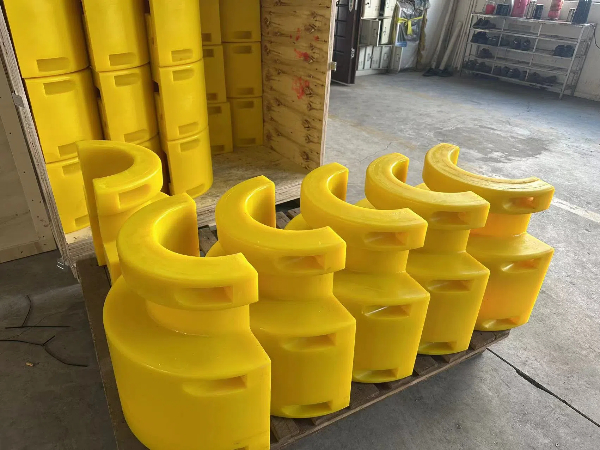
What is a bend restrictor assembly?
A bend restrictor assembly is a mechanical protection device designed to limit the minimum bending radius of flexible elements such as umbilicals, power cables, or riser hoses. It typically consists of a series of interlocking segments or vertebrae made from durable materials like polyurethane or reinforced polymers, which form a rigid structure when bent beyond a pre-designed curvature.
Key characteristics of bend restrictor assemblies
• Controlled minimum bend radius
Each assembly is designed to allow flexibility within a safe range while mechanically preventing the cable or pipe from bending beyond its critical radius.
• Segmented, articulated design
The structure mimics a vertebral column, with interlocking segments that provide smooth curvature transition, excellent flexibility, and protection from buckling.
• Material durability
Most bend limiters are made of marine-grade polyurethane, offering outstanding resistance to seawater, corrosion, and mechanical wear.
• Modular and customizable
Assemblies can be tailored to specific cable diameters, project loads, and environmental conditions. The modular design also allows easy maintenance and installation.
• Load-bearing capability
Besides preventing over-bending, bend limiters can also handle some external loading and abrasion, especially in harsh subsea conditions.
Applications of bend restrictor assemblies
Bend limiter assemblies are used in a variety of offshore and industrial applications:
• Subsea umbilicals and power cables
Installed at cable terminations, J-tube exits, or touchdown points to prevent excessive bending during installation or wave-induced motion.
• Floating wind and wave energy systems
Protect dynamic cables connected to floating platforms from over-bending caused by oscillations and platform motion.
• Oil & gas offshore risers and hoses
Used in floating production storage and offloading (FPSO) systems, riser terminations, and flexible hose assemblies.
• Marine renewable energy cables
Bend restrictors provide stability and reduce fatigue in underwater power or data transmission systems.
• Onshore industrial and mining cables
In dynamic or suspended installations where cable over-bending is a concern, bend limiters offer simple and reliable protection.
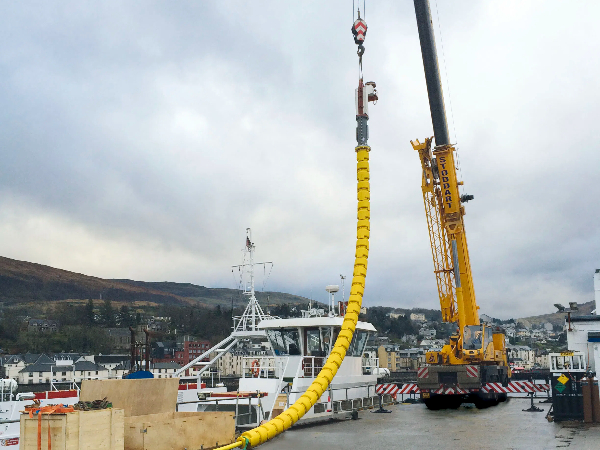
Benefits of using bend restrictor assemblies
• Extends the lifespan of critical subsea assets
• Prevents costly downtime due to cable failure
• Enhances safety in offshore environments
• Reduces maintenance frequency and operational risks
• Easy to install onshore or subsea with diver or ROV assistance
A bend restrictor assembly is a crucial component in offshore cable and hose protection systems, designed to mitigate the risk of over-bending and mechanical failure in dynamic marine environments. With robust construction, high customization potential, and proven performance, bend restrictors are indispensable in ensuring the reliability and longevity of subsea infrastructure.

